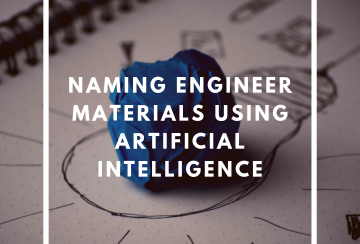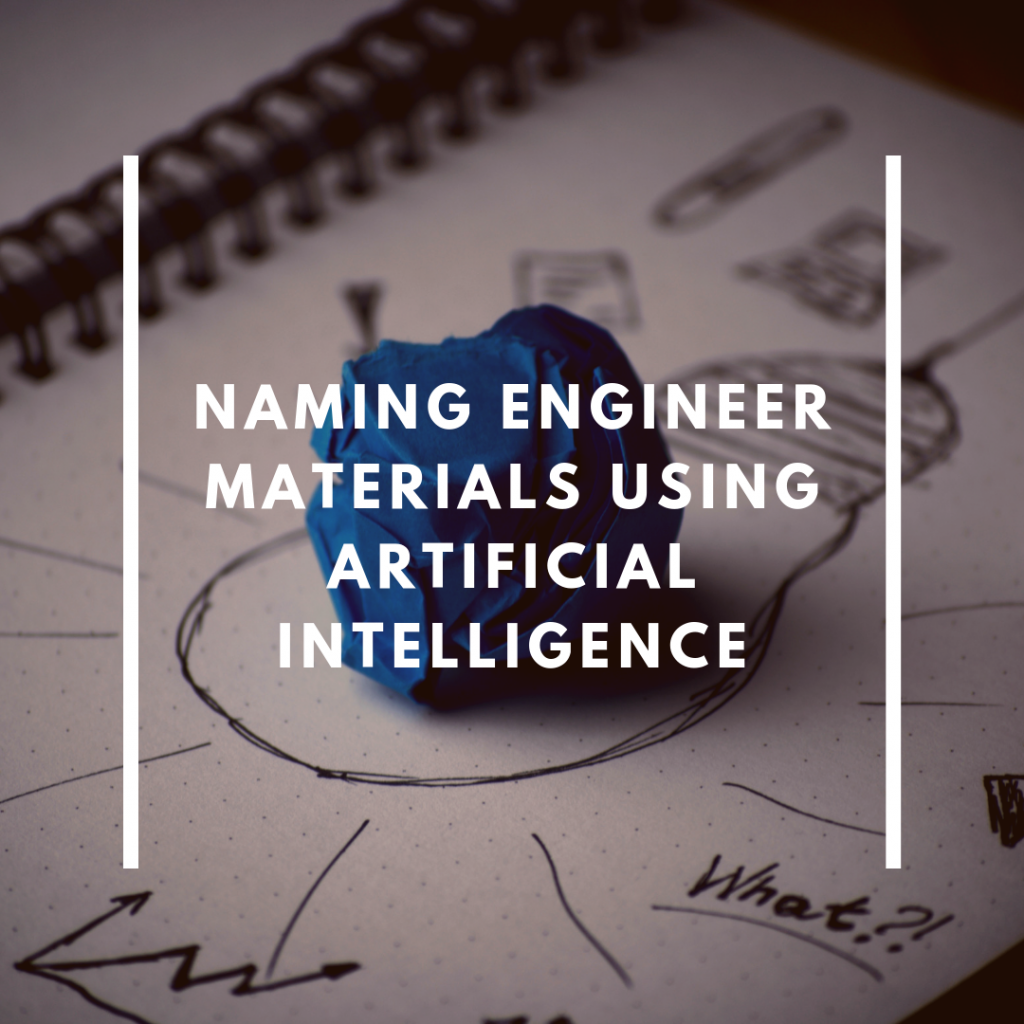Naming Engineer Materials Using Artificial Intelligence - HLSRN

Naming Engineer Materials Using Artificial Intelligence
- April 8, 2019
- Posted By Sheila Mendoza


When it comes to engineering materials, a small amount of crystalline strain can have a big impact and change in their chemical and physical forms. This fact is backed up by research. The elements which shows this kind of quality are: diamond and silicon.
Researchers have studied the wonderful effects of the crystalline strain on the bandgap. Bandgap is one of the electronic property of semiconductors. They have neural network algorithm and these bandgaps will be able to predict the accuracy how the different amounts of materials and orientations of crystalline material would have a long-lasting effect on the bandgap.
In tuning a bandgap helps in the improvement of the efficiency of an electronic device – one example of which is a silicon solar cell. This gets in match for a better precision of the type of energy source it is made to gather. In fine-tuning a bandgap, it can make a silicon solar cell to be effective in gather sunlight compared to its counterparts. The silicon solar cell can be only one-thousandth as thick as other materials. In addition to this, the material can change from a semiconductor to a metal. If that’s the case, it can have several applications and can be mass-produced.
Whilst there is a possibility to induce similar changes through different methods – such as placing a material in the presence of strong electric field or altering it by a chemical means – these changes can have the tendency to incur many side effects on the material’s behavior. However, just by changing the strain it can only have fewer side effects compare to other method. For example, an operation of a certain device is often interfered by an electrostatic field and it can have a negative impact on the electricity that flows through it. Changing a strain can produce such interference.
In this case, diamond possess high and great potential as a semiconductor material. However, it is still infant in terms of its development and as compared to silicon. Diamond is the most extreme material with the best quality for carrier mobility. Diamond has negative and positive carriers in terms of electric current that can freely move through and around diamond. With this in mind, diamond can be a very good material for semi-conductors that are being used in power & electronic devices.
However, in some measures, diamond is proven to perform a thousand times better than silicon. But diamond also comes with some limitations and this includes the proven fact about diamonds: no one has figured out a way to put diamond layers on a very large substrate. Diamond material is often difficult to have its atom to be introduced to other foreign material. This is a vital part of semiconductor manufacturing.
By having the diamond material in a frame, it can now be set to change the amount of orientation in the strain. Because of this, engineers can have considerable flexibility in diamond’s dopant behavior.
Whilst this study is primarily focused on the strain effects of diamond in a materials’ bandgap, this method is designed to be generalizable in some aspects. This can have an effect on the electronic properties and other things like photonic and magnetic behavior.